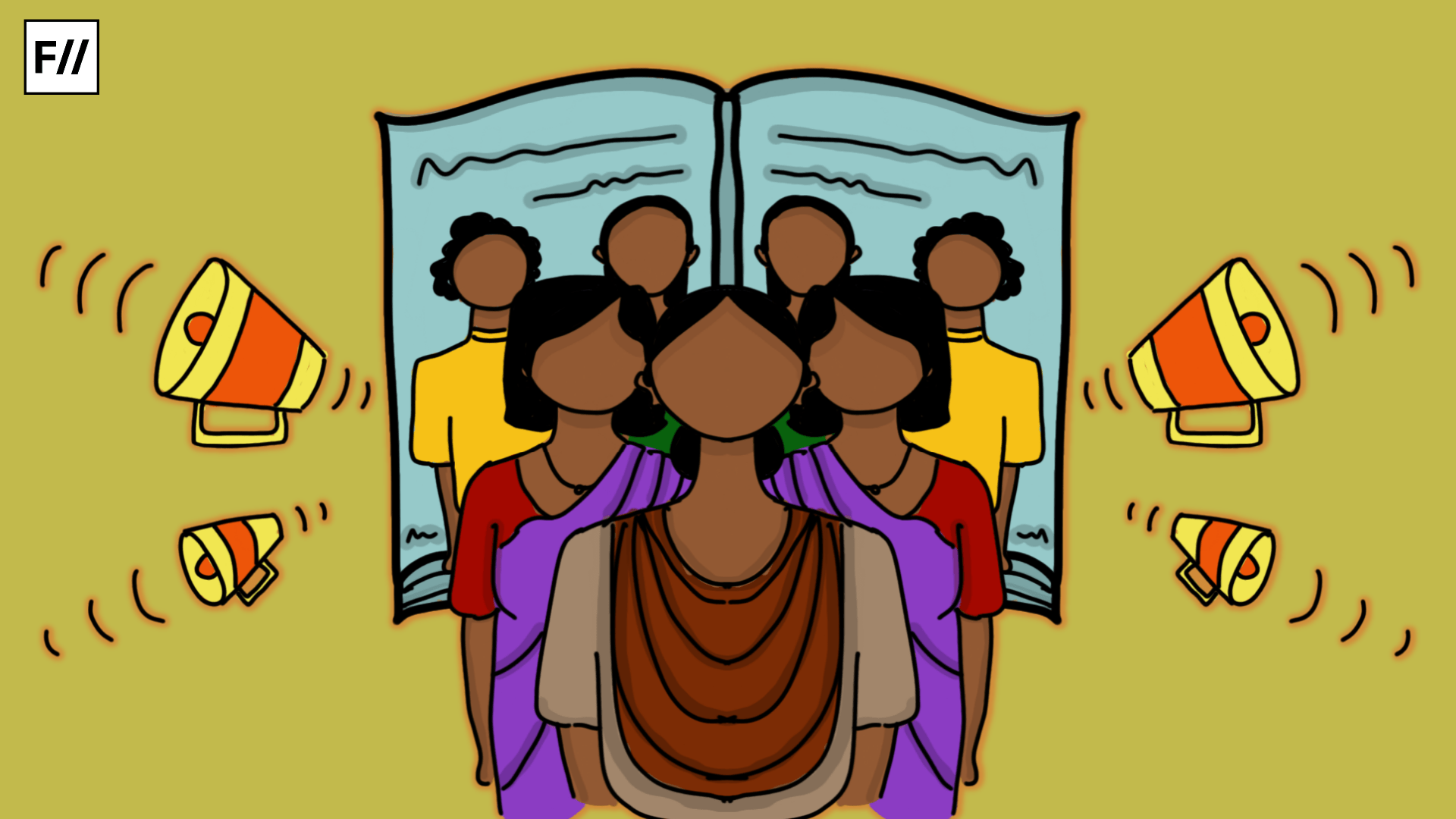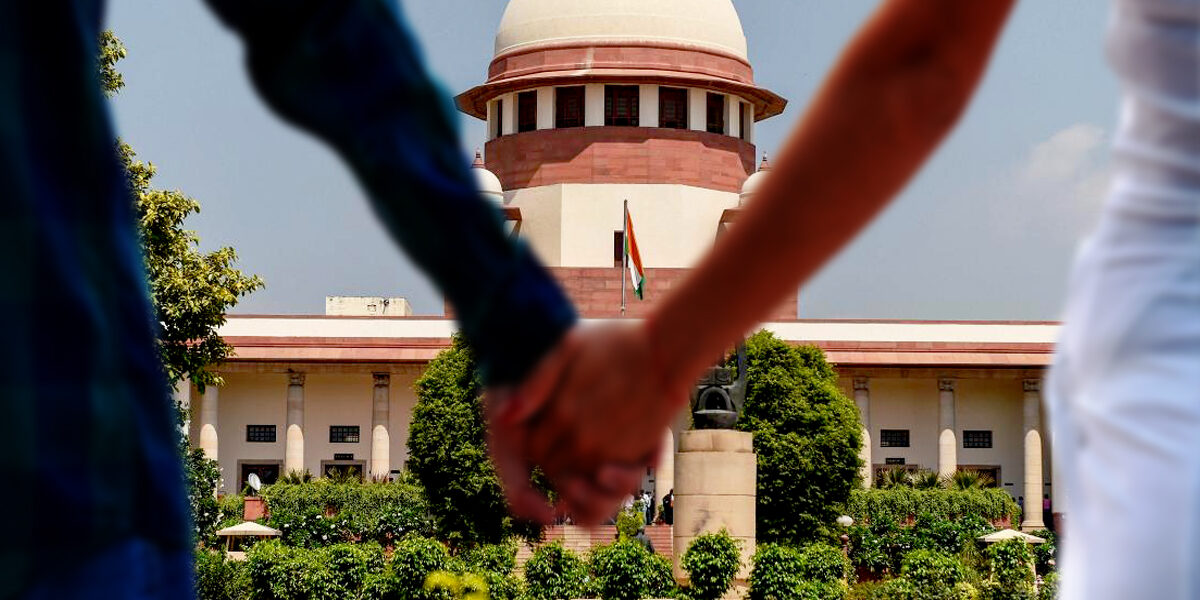Posted by Havovi Wadia and Jyoti Nale-Tajane
An increase in the number of recorded crimes is often cited as evidence of an increase in violence, particularly against women and children. However, as activists and experts have been saying for several years, this is a multi-headed hydra.
On one hand, there is greater visibility of crimes against women—these get reported in the media and discussed on television. On the other, there is also the awareness of significant under-reporting of crimes in the past, and the present, in most parts of the country. So an increase in the reporting is also seen as evidence that women now feel more able to access the justice system, and report crimes, where earlier they would have felt pressured to ‘manage situations’ in socially acceptable ways.
Similarly, when rates of recorded crimes drop, this may not be an indication of greater safety for women. It may, as in the case of the recent pandemic, mean that women have not been able to get out of their homes or restricted environments, to actually report these crimes.
This complexity is reflected in two recent incidents both involving officially recorded data for crimes against women and children.
There is limited correlation between crimes registered and actual crimes against women
In December 2020, Nagpur City police Chief Amitesh Kumar wrote to the National Crime Records Bureau (NCRB) regarding their mistake in calculating the crime rate using the 2011 census figures as the denominator. In the NCRB figures, Nagpur takes second place in crime records in the country after Patna. The Nagpur police argued that the 2011 census records were outdated and did not consider factors such as an increase in population, an extension of city jurisdictions, and so on.
However, perhaps the Nagpur police may have also wanted to highlight a few other problems with the way that data for crimes against women relates to the increase or decrease in actual crimes committed. The rise in reported crime could be due to an increased awareness about justice systems among women, or the ways that they can approach the police; or it could be attributed to improved responses from the law enforcement systems.
For instance, in Nagpur, Save The Children India (STCI) has been working with the police, prosecutors, district legal services authorities, shelter home personnel, and judges for the past three years. During this time, training and support have enabled these stakeholders to understand how important it is to respond to women complainants with empathy and clarity, and how critical it is to keep them apprised of the progress of their case. As a result, of the 25 cases of human trafficking in the district, five resulted in convictions.
Training and support have enabled various stakeholders to understand the importance of responding to women complainants with empathy and clarity.
In such cases, police become far more responsive when female citizens come into the police station to register a complaint, unlike several other instances where one hears of the police refusing to register a complaint. This willingness to listen and register complaints may lead to an increase in recorded crime rates. However, this may be a reflection of a better system, rather than an increase in crime.
When we interpret data in a linear fashion—crimes registered equals increased crime rates—it puts pressure on police to not register complaints. This is counter-productive in efforts to ensure justice for women. Cities that have not done justice to their policing role, and make it harder for women to access the system, may get the impression of accomplishment and may get lauded for what may actually be police inaction.
Also read: The Media Needs To Use Better Images When It Reports Rape
The lockdown made it harder to report violence against women
In the second case, the Chief Minister of Madhya Pradesh, Shivraj Chouhan supported the creation of a system where women moving out of their homes for work, would have to register at the police station and would be tracked for their safety. He also claimed that crimes against women had declined by 15 percent since he came to power in early 2020.
In this case, a decline in the recorded crimes is widely being acknowledged by experts, to be because of the lockdown. “A significant share of violence against women is not reported for a variety of reasons, some of which may have been exacerbated in the context of the COVID-19 pandemic, such as fear of retaliation by the perpetrator, limited contact with informal support systems (friends and family members), restricted access to the police, and other essential services because of confinement measures“, according to a paper by the United Nations Office on Drugs and Crime (UNODC). Women did not have access to institutions that they could report crimes, and there was a reduction in the capacity—in terms of human resources and bandwidth—of authorities to record those incidents.
Helplines reported multiples of their regular call rates during the strict lockdown periods.
On the other hand, it is widely documented that within the restricted space of the home, there has been an increase in the experience of violence. Helplines reported multiples of their regular call rates during the strict lockdown periods.
Again here, the citing of data without a full acknowledgement of its context is communicating the exact opposite of what the data actually says.
How can we change this?
The first thing to acknowledge is that we all want a system that enables citizens to be reassured regarding their safety. Once we accept this, the action points need just a little application and collaboration.
1. Look beyond the number of cases registered
In terms of data, there are four indicators that are closely related and are quantitative in nature. These are the number of cases registered, number of bail petitions granted, number of cases concluded, and the number of convictions. Together these help us understand, not the extent of crime in a district, but the response of the system to those crimes. The latter is critical in building the confidence of women in the system. It is not the magnitude of the sentence, but the certainty of the prosecution that will help increase the faith of the people in the process of justice.
Therefore, when crime data is being looked at it is important to co-relate all these rather than just tabulating the number of crimes registered, and treating it as a reflection of the extent of crime in the district.
2. Appreciate and replicate responsive efforts
In several districts, there is a will to work on what has traditionally been seen as softer issues. For instance, in 2019, the Police Commissioner in Nagpur began a Bharosa Cell. When he was transferred to Pune, he started this cell there as well. It continues to engage and respond to all women and children related issues, and all officers are trained to be empathetic to women who come in with a grievance.
It is important for initiatives like this to be regularly reviewed, tracked using data, and for senior officers to promote discussions about them, so that there are incentives for the district police personnel to continue with such efforts.
3. Positive reinforcement for those in the justice system
Where a case is resolved and justice ensured for a woman, it is important to celebrate the investigating officer and the entire prosecution team, including the judge. At present, the focus is on the crime itself, the accused, and the victim. Both in the government system and media, there is little effort to acknowledge the team work it takes to prosecute and convict. Therefore, for those in the system, the job often seems thankless.
4. Retain cases in public memory
To ensure consistency of reporting women must believe that the system does work. It is critical that the case is followed in the media through its course and not just when it begins and ends. This is critical if we want to build faith among people that even though the system takes time, it is thorough and works. Currently, the perception of the justice system is based on the what people see on television and the movies; as a result, the effort and process is often misunderstood and misjudged.
5. Look at related data sets
Finally, it may help to also look at related data points when we report on the safety of women in a district. For instance, data on physical and sexual intimate partner violence is available from the NFHS at a district level and can help give a sense of the extent of crime and the level of reporting against them.
The purpose of collecting and analysing data is to understand situations and their contexts, as well as to monitor a service and see whether it benefits a populace. If the data is divorced from this purpose, it becomes counterproductive to the cause which it is meant to serve and may result in doing more harm than good. Particularly in the case of violence against women and children, it is critical that data be placed in context so that it furthers the cause of justice and equity for vulnerable populations.
Also read: The Media Has A Huge Urban Bias In Reporting Gender-Based Violence
This piece was previously published on India Development Review and has been re-published here with consent.
Featured Image Source: Getty Images
About the author(s)
India Development Review (IDR) is India's first independent online media and knowledge platform for the development community.




